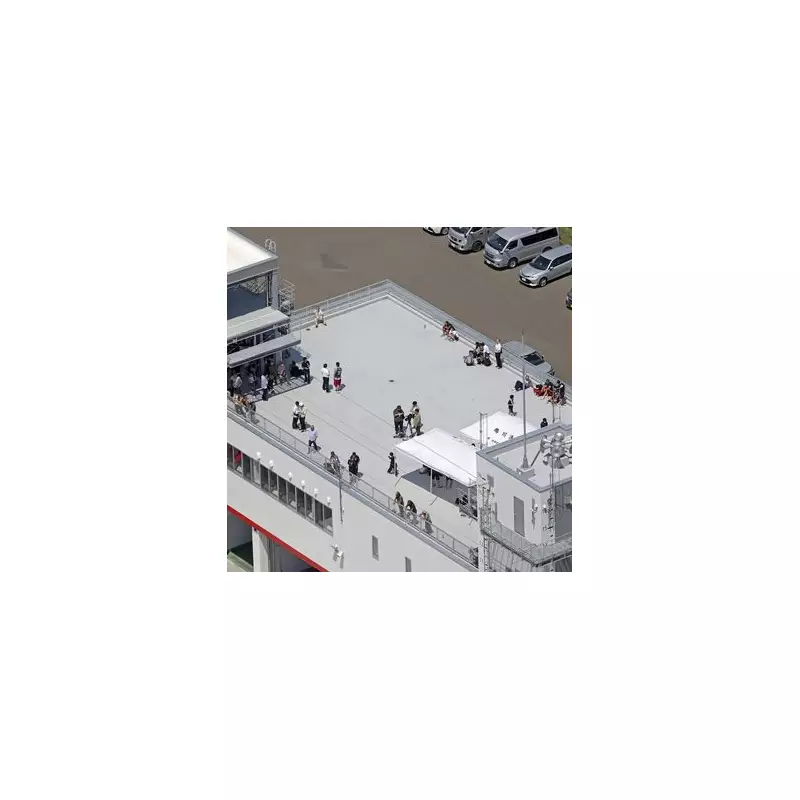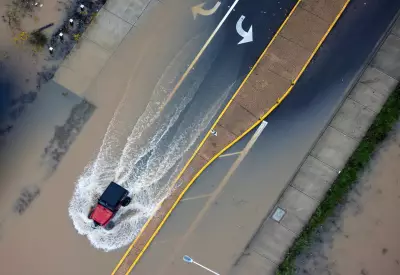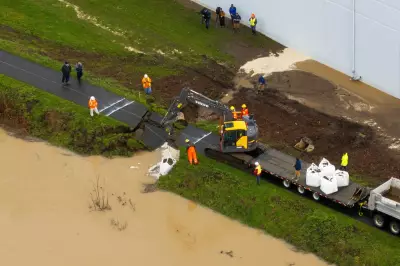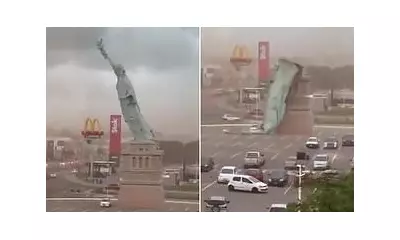
A major 7.6 magnitude earthquake has struck Japan's west coast, prompting urgent tsunami warnings and mass evacuations. The quake hit near the Noto Peninsula in Ishikawa prefecture on Monday afternoon, with waves already reported along coastal areas.
Critical Tsunami Warnings Issued
Japan's Meteorological Agency immediately issued its highest-level tsunami alert for Ishikawa, warning of waves potentially reaching 5 metres high. Lower-level warnings were activated for neighbouring prefectures along the Sea of Japan coast.
Initial reports confirm tsunami waves have already made landfall, with:
- 1.2 metre waves hitting Wajima port in Ishikawa
- Smaller waves observed in Toyama and Niigata
- Authorities warning of multiple waves continuing for hours
Mass Evacuations Underway
Residents in coastal areas are being urgently evacuated to higher ground. Television broadcasts show:
- People fleeing in vehicles causing traffic jams
- Emergency alerts blaring across affected regions
- Shelters being prepared in municipal buildings
The government has mobilised military personnel to assist with evacuation efforts and damage assessment.
Infrastructure Damage Reported
Early reports indicate significant infrastructure impacts:
- Buildings collapsed in Suzu City
- Power outages affecting over 30,000 homes
- Bullet train services suspended in the region
- Nuclear power plants reporting no abnormalities
Prime Minister Fumio Kishida has urged citizens to prioritise safety, stating: 'We must prepare for further quakes and tsunami impacts in coming days.'
What Comes Next?
Meteorologists warn aftershocks could continue for 2-3 days. Residents are advised to:
- Remain evacuated until all clear given
- Avoid coastal areas entirely
- Prepare emergency supplies
- Follow official updates only
This marks Japan's most significant seismic event since the 2011 Tohoku earthquake and tsunami that caused the Fukushima nuclear disaster.





